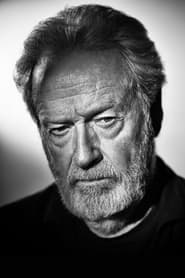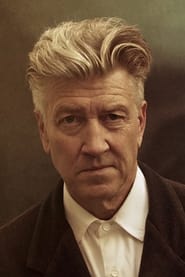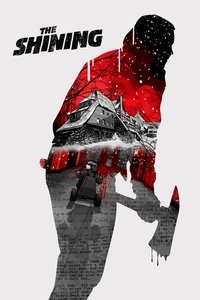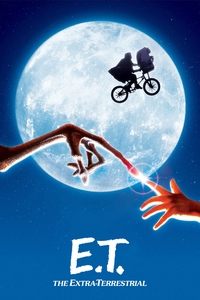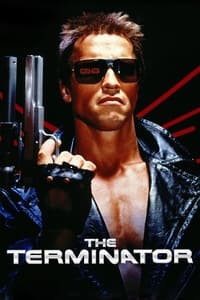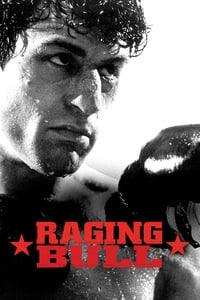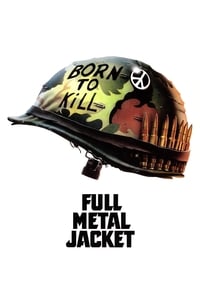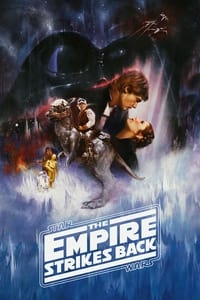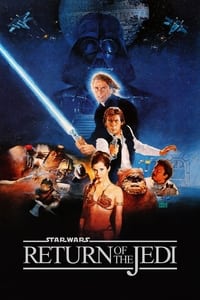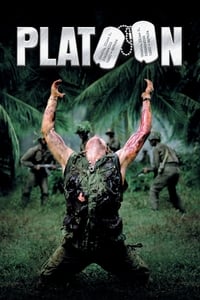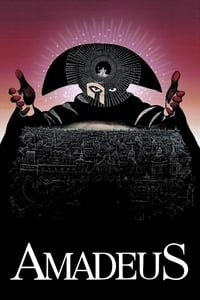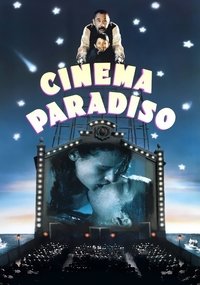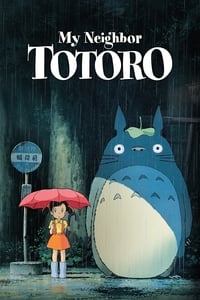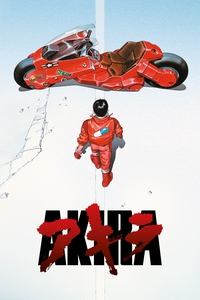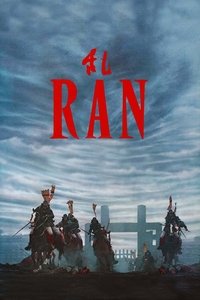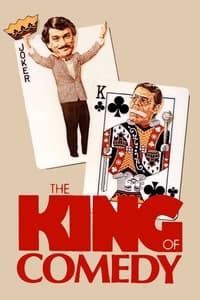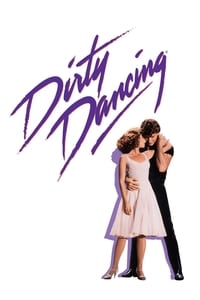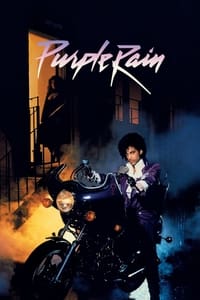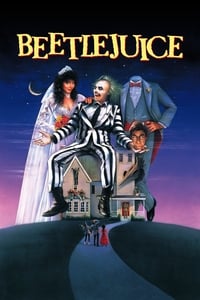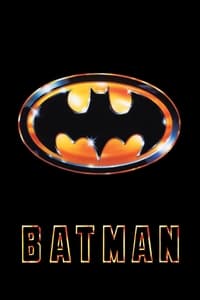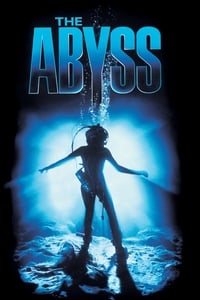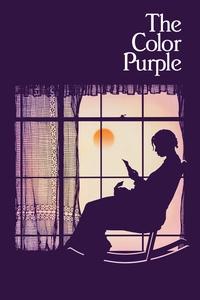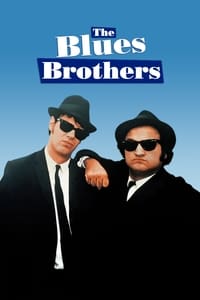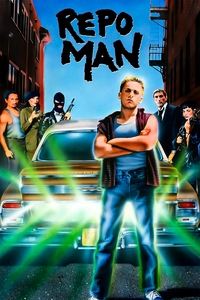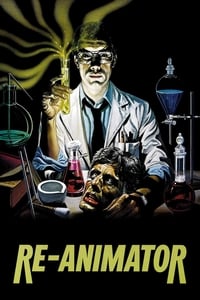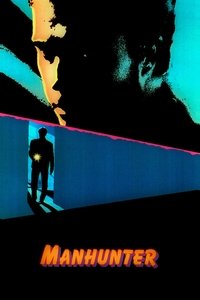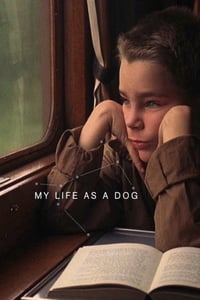The Cinema of the 1980s: Spectacle, Style, and Subversion
The 1980s marked a turning point for world cinema — a decade where style met technology, and pop culture merged with cinematic storytelling. The grainy realism and political intensity of the 1970s gave way to a new kind of filmmaking: flashy, global, and emotionally charged.
Hollywood embraced the blockbuster formula, birthed by Jaws and Star Wars in the late ’70s. The result was an explosion of franchise cinema, special effects, and musical soundtracks that defined an era. Directors like Steven Spielberg, James Cameron, Ridley Scott, and John Carpenter turned spectacle into art, while auteurs such as David Lynch, Martin Scorsese, and Wim Wenders explored the darker, surreal, or existential edges of the 1980s psyche.
In Europe, filmmakers like Pedro Almodóvar and Jean-Jacques Beineix embodied the rise of postmodern aesthetics — vibrant colors, emotional excess, and a self-aware sense of style. Meanwhile, Japanese cinema saw a resurgence in animation (Akira) and radical genre experimentation (Tampopo, Merry Christmas Mr. Lawrence).
The 1980s were also the decade of genre mastery:
- The sci-fi and fantasy boom (Blade Runner, The Terminator, Back to the Future).
- The golden age of horror (The Shining, A Nightmare on Elm Street, Evil Dead).
- The rebirth of teen and coming-of-age films (The Breakfast Club, Stand by Me).
- And the dawn of music-driven cinema (Flashdance, Purple Rain).
Beyond their surface glamour, 1980s films often masked deep anxieties — about identity, technology, politics, and the Cold War. Beneath the neon lights and synthesizers, cinema was still wrestling with what it meant to be human.

